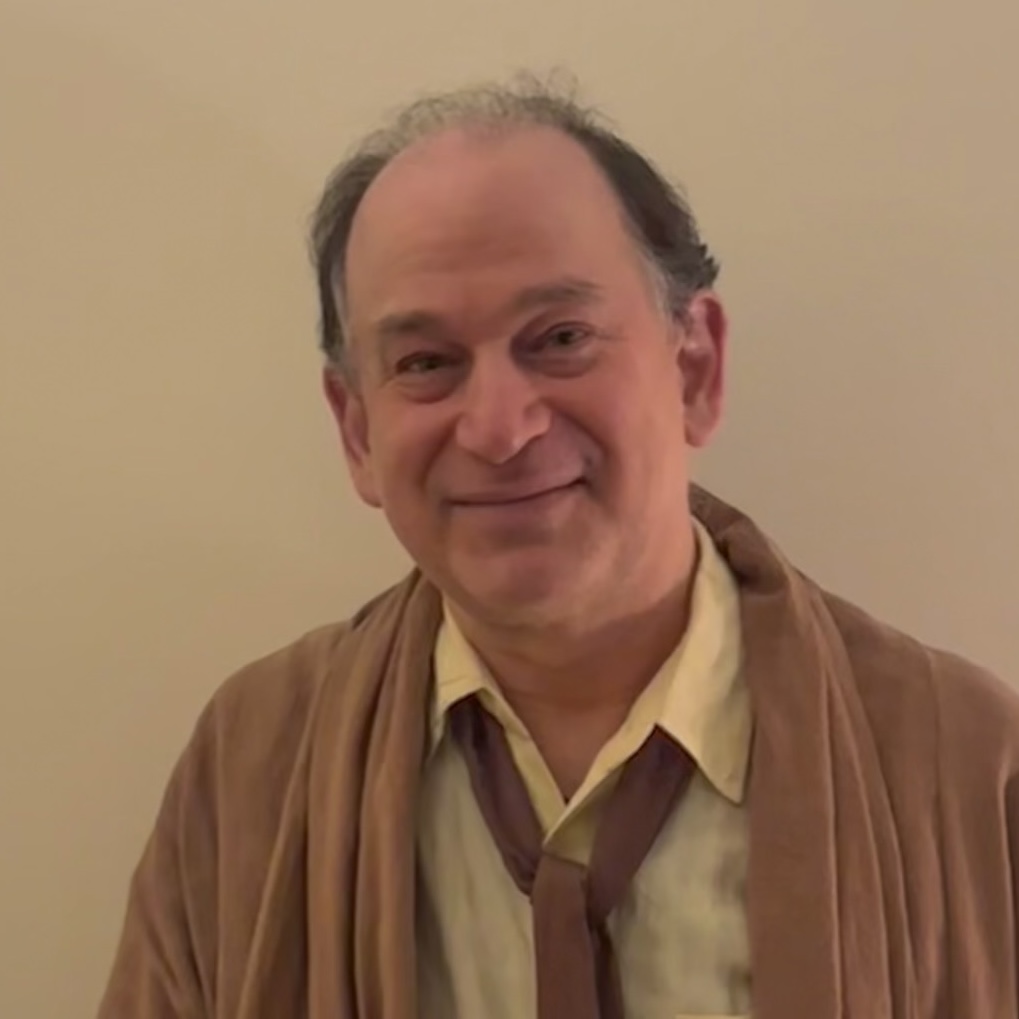In this “part two” conversation with Felip Caudet we get into the nuts and bolts of how he uses moxa, and how to find and treat “moxa points.”
Additionally there is an excerpt from his soon to be published book String Moxa Method. Go to the show notes page to read or download it.
In This Conversation We Discuss:
- Fukaya method of moxibustion
- Moxa and the immune system
- How to roll rice grain moxa
- Moxa is a precious treasure
- Hardness or softness of the moxa cone determines how it burns and if it’s tonifying or dispersing
- Different kinds of heat and the body’s response
- Finding “moxa points”
- Comfort heat is tonifying and the burning sensation creates dispersion
- The body creates stagnation in the body as a way to slow an illness process
- Moxa points can present as spongy, gummy or stone-like
- Points can be on or off the meridians
- Five ways to find points

dav
Felip Caudet
I have been a physiotherapist and acupuncturist for 20 years. One day, years ago I fell in love with japanese moxibustion. I decided to leave needles and work only with moxibustion. Big shocks on my life were to meet Fukushima sensei and Shinma sensei (son of the famous japanese moxibustionist Isaburo Fukaya) and be accepted as student.
Going deep in moxibustion, I discovered that traditional japanese practice was not too much known outside of Japan. After that, I took the challenge to spread the work of this beautiful therapeutic art and the style of Fukaya.
Moxibustion can be a way of purification and healing the body and the soul. It allows you to go from the head (mind) to the hands (heart), from the idea to the true action.
Links and Resources:
Here is an excerpt from Felip's upcoming book, String Moxa Method



























































